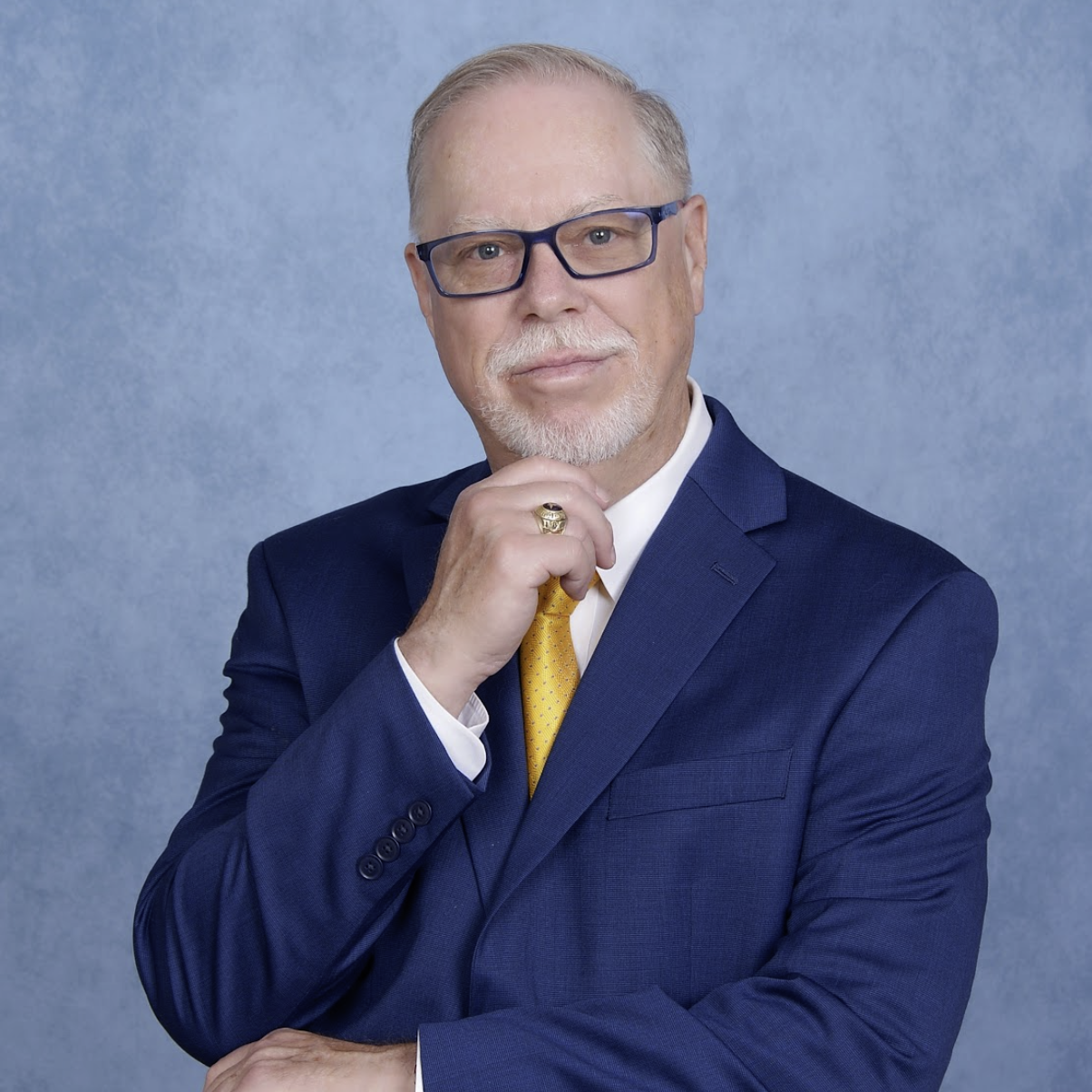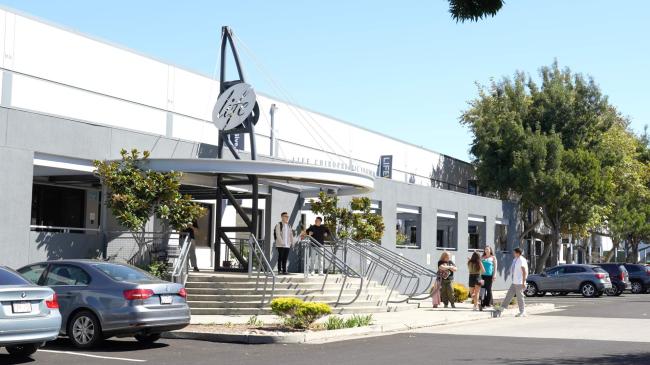This hands-on seminar combines two fundamental aspects of the Gonstead chiropractic system: Cervical Chair - Advanced and Lumbar Basic. Designed for chiropractors looking to refine their adjusting skills, this course introduces innovative, practical exercises that make learning engaging and effective. Participants will gain expertise in seated cervical spine adjustments and lumbar spine push and pull moves, improving speed, precision, and patient outcomes.
13 CE hours - 11 CEs for Adjustive Technique, 1 CE for History/Exam, 1 CE Diagnostic Imaging
25001 Industrial Blvd.
Park by Student Entrance on Clawiter Road side of building, then look for signage directing you to the check-in area.
Hour 1: 9:00-10:00am
Title: Introduction to Gonstead Cervical Chair Adjusting
Topic/Categories: Adjustive Technique
Content: Beginning discussion about “why” to adjust using Gonstead Cervical Chair. Getting ready to adjust. Learning to make a contact so that “No one gets hurt” (how to protect the doctor’s hand. How to place the patient on the chair and position the Doctor for leverage. Emphasis will be on relaxing the doctor and learning the 3 Universal Fundamental Rules of Adjusting. Doctors will be encouraged to change their paradigm of consideration from taking a patient to “Tension”, and instead Guiding the vertebra to a point of joint isolation, keeping their contact hand gentle and relaxed. Work will be done on the Cervical Chair.
Hour 2: 10:00am-11:00am
Title: The Basic Set-up; learning by “Exercises”
Topic/Categories: Adjustive Technique
Content: Getting a feel for a series of guiding motions (called “Exercises”) to isolate the vertebra being adjusted to a position where it is on the “edge” of moving, while keeping the rest of the spine in a relative neutral position. Emphasis will be placed on learning to “feel” the vertebra getting adjusted to be isolated and the spine above and below remaining neutral. This hour will be spent on the VP area: C6, C7 and T1. Work will be done on the Cervical Chair and a plastic spine will be used for demonstration and comprehension/understanding.
Hour 3: 11:00am-12:00pm
Title: Practice and Repetition
Topic/Categories: Adjustive Technique
Content: Practice and repetition of the “Exercises”, with variations for adjusting the middle to upper cervical segments (C2-C5) and T1/T2. Emphasis will be placed on learning to feel the translation of the segment being adjusted mostly in a P-A direction, with variations for lateral bending. Extra attention to coordinating the Stabilization Hand and Thrusting hands to deliver a precise adjustment. Work will be done on the Cervical Chair and a plastic spine will be used for demonstration and comprehension/understanding.
Hour 4: 12:00am-1:00pm
Title: Adjusting Lamina and Transverse Process (T1-2) contacts. Motion Palpation of C2 to C/T spine.
Topic/Categories: Examination Procedures/Diagnosis
Content: Why and how to make the Lamina and/or Transverse Process contacts. Variations in line-of-drive for Lamina/TVP contacts compared to Spinous Process contacts. Variations for C2 and T1/T2. Practice and Repetition with various partners. Motion Palpation of the C/T spine through C2 for a listing. Work will be done on the Cervical Chair and a plastic spine will be used for demonstration and comprehension/understanding.
Lunch: 1:00-2:00pm
Hour 5: 2:00pm-3:00pm
Title: Motion Palpation and Xray Analysis for a Listing
Topic/Categories: Diagnostic Imaging Interpretation
Content: Motion Palpation of the Cervical spine for a listing starting with the review of C/T junction. Then Gonstead Upper Cervical Spine Motion Palpation protocol for a listing, which includes C2, then Atlas and finally Occiput. Review of Gonstead X-ray Analysis for a cervical spine listing. Lecture, demonstration and practice motion palpation techniques using a plastic spine and attendee participation. Xray slides for visual understanding.
Hour 6: 3:00pm-4:00pm
Title: Atlas Adjusting
Topic/Categories: Adjustive Technique
Content: Atlas adjusting using the thumb contact on the Atlas transverse process. Learning how to make a contact and guide the Atlas laterally to position to deliver the thrust. Emphasis will be on learning to develop the “feel” of isolating the Atlas laterally so the spine stays neutral below the Atlas for the ease and precision of adjusting the Atlas. Modifications for Anterior or Posterior (ASRA/ASRP) misalignments of Atlas. Work will be done on the Cervical Chair and a plastic spine will be used for demonstration, comprehension and understanding.
Hour 7: 4:00pm-5:00pm
Title: Occiput Adjusting
Topic/Categories: Adjustive Technique
Content: Demonstration and practice for both Anterior and Posterior Occiput adjustments. Work will be done on the Cervical Chair and a plastic model of the spine will be used for demonstration, comprehension and understanding. Gonstead Occipital Condyle blocks will be used for Anterior Occiput demonstration and practice by attendees. Emphasis will be placed on adjusting the Occiput precisely using both the thumb and thenar contact for Posterior listings and the Pisiform for Anterior Occiput adjustments.
Hour 8: 5:00pm-6:00pm
Title: Drills to develop Cervical Chair technique
Topic/Categories: Adjustive Technique
Content: Demonstration and practice drills: 1) Speed Drill; 2) Spine and Towel Drill; 3) Stabilization Hand Drill; Cervical Chair Speeder Board. Practice and repetition to develop speed and power so the doctor understands that speed, leverage and power are the different elements of their Cervical Chair thrust. Work will be done on the Cervical Chair, a plastic spine and towel will be used to coordinate the thrusting and stabilization hands. Emphasis will be placed on learning to accomplish complex motor movements with both hands coordinated together. Specially designed Cervical Chair speeder boards will be used to further develop the coordination of the doctor’s two hands so they work independently of each other to complement the adjustment.
Day 2
Hour 1: 9:00-10:00am
Title: Introduction to Gonstead Lumbar Push Side Posture adjusting
Topic/Categories: Adjustive Technique
Content: A brief discussion to review basic concepts and Fundamentals of Adjusting and how they relate to Side Posture Adjusting. Introduce the concept of learning to adjust by “exercises” versus “set-ups”. Principles of adjusting are: 1) Relaxation, Balance and Timing; 2) Adjusting Pre-load and Ramping; 3) Posture/Positioning, Center line and Balance. The first exercise will be Patient Placement and Doctor Position so that the doctor will be in position to effortlessly deliver a Push adjustment. Spinous Contacts will be used (PR/PL, PRS/PLS), not mamillary contact or special listings. Work will be done on a pelvic bench table and a plastic spine will be used for demonstration and comprehension/understanding.
Hour 2: 10:00am-11:00am
Title: Lumbar Push Moves for Basic Spinous and Mamillary Contacts
Topic/Categories: Adjustive Technique
Content: A continuation of the first hour with repetition and introduction of the Mamillary contact adjustments (PRI-M/PLI-M). Doctors will learn how to keep their contact hand near the area of their abdomen and why the adjustment begins with an inferior ward direction (due to lumbar facets) but ultimately along the disc plane. The concept of “torque” will be introduced for correction of the lateral wedge. Emphasis will be placed on Pelvis Stabilization, Lumbar Pre-Stress and a Ramping mechanism to deliver the thrust. Work will be done on a pelvic bench table and a plastic spine will be used for demonstration and comprehension/understanding.
Hour 3: 11:00am-12:00pm
Title: Lumbar Pull Moves Topic/Categories: Adjustive Technique
Content: Discussion of the advantages of the Pull move relative to the Push move. Demonstration and practice using the finger contacts on a lumbar spinous process contact (PR/PL and PRS/PLS). Exercise for Leg Stabilization so the doctor is clear of the objective for the “kick” move. Demonstration and practice for using the finger contact to push (rather than pull) the vertebra posterior to anterior. Demonstration and practice for adjusting a lower lumbar compared to an upper lumbar vertebra with the finger contact. Work will be done on a pelvic bench table and a plastic spine will be used for demonstration and comprehension/understanding.
Hour 4: 12:00pm-1:00pm
Title: Lumbar Pull Moves (continued)
Topic/Categories: Adjustive Technique
Content: A continuation of Lumbar Pull moves with repetition and introduction of the Mamillary Contact adjustments (PRI-M/PLI-M). Doctors will learn how to make the Finger contacts for Mamillary Listings and how to keep their contact hand at the level of their abdomen for best leverage and orient themselves to the patient for a lower lumbar and an upper lumbar vertebra. Doctors will learn how to “torque” with their fingers for both the spinous process and mamillary contacts. Emphasis will be placed on the timing of their Leg (tibia and foot) Stabilization and the Finger Push, Lumbar Pre-Stress and a ramping mechanism to deliver the thrust. Work will be done on a pelvic bench table and a plastic spine will be used for demonstration and comprehension/understanding.
Hour 5: 1:00pm-2:00pm
Title: Adjusting the Lumbar Spine Special Listings
Topic/Categories: Adjustive Technique
Content: A continuation of the Lumbar Push and Pull moves with repetition with introduction of the Special Listings (PRS-M/PLS-M and PRI-Sp/PLI-Sp). Doctors will learn how to adapt their line of drive and torque as appropriate for the Lumbar Special Listings. Work will be done on a pelvic bench table and a plastic spine will be used for demonstration and comprehension/understanding.
Credits
Life Chiropractic College West has received programmatic accreditation through the Council on Chiropractic Education and institutional/regional accreditation through WASC Senior College and University Commission (WSCUC).
*The following State and Province boards do not require an application when a program is sponsored by a college accredited by the Council on Chiropractic Education (CCE): CO, CT, DE, DC, ID, IL, IA, MD, MA, MI, MT, NE, NH, NJ, OR, RI, SC, UT, VT, VA, WA, WY, BC, NB, ON, QC. Life Chiropractic College West cannot guarantee that these licensing board(s) will accept any session of this offering. Life West urges licensees to familiarize themselves with the laws governing continuing education in the jurisdictions where they hold licensure.



 Facebook
Facebook X
X LinkedIn
LinkedIn Forward
Forward